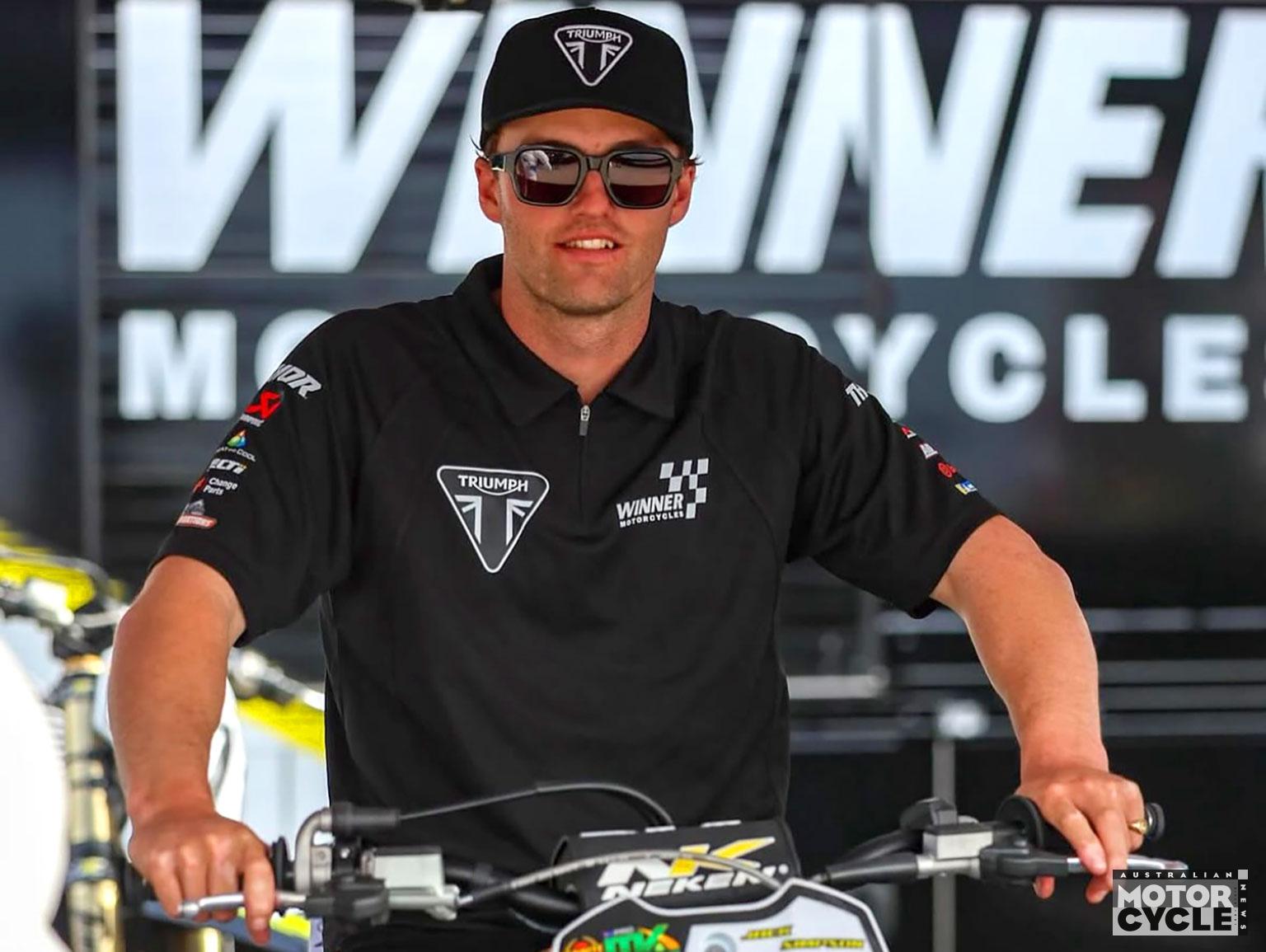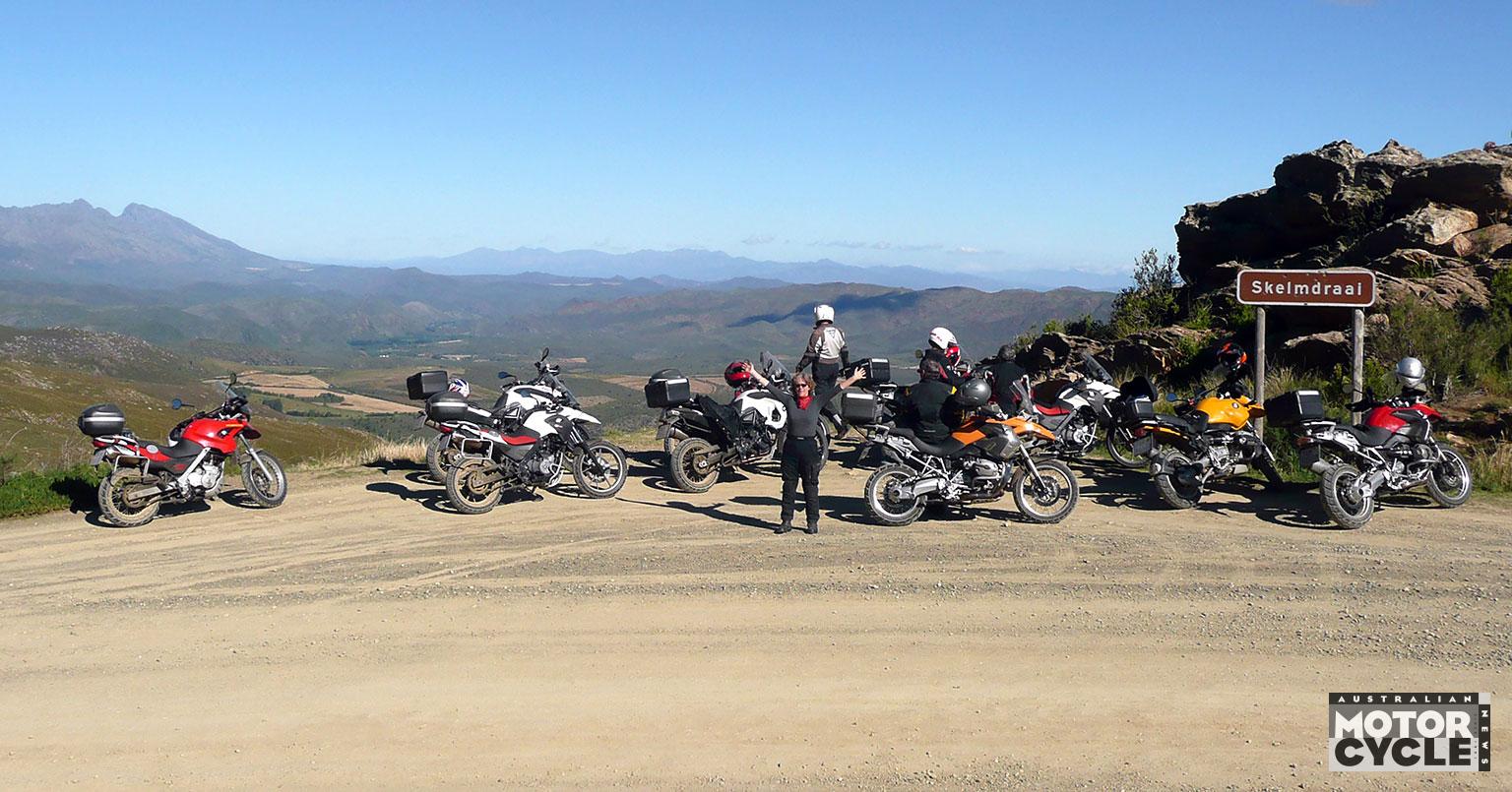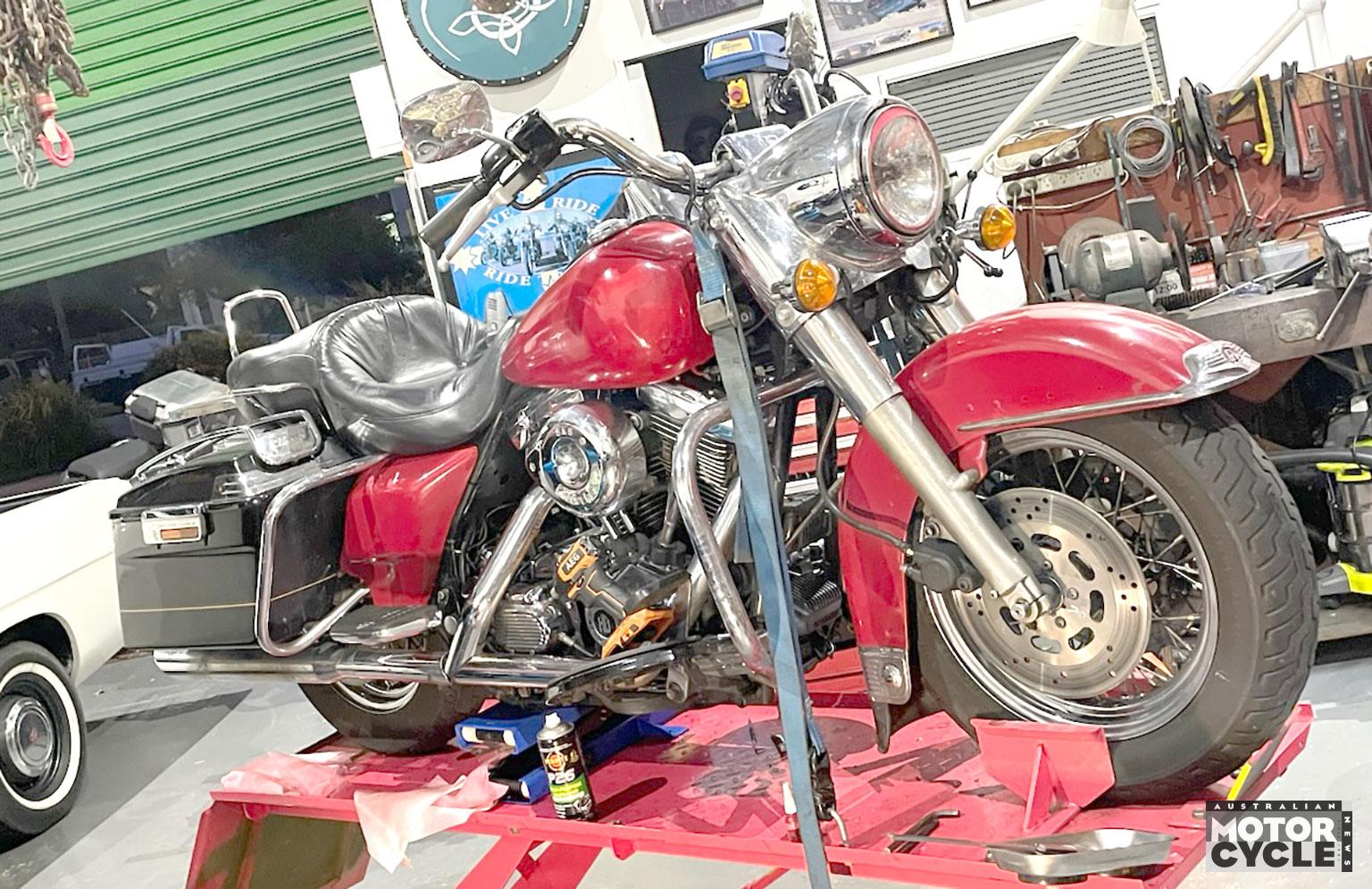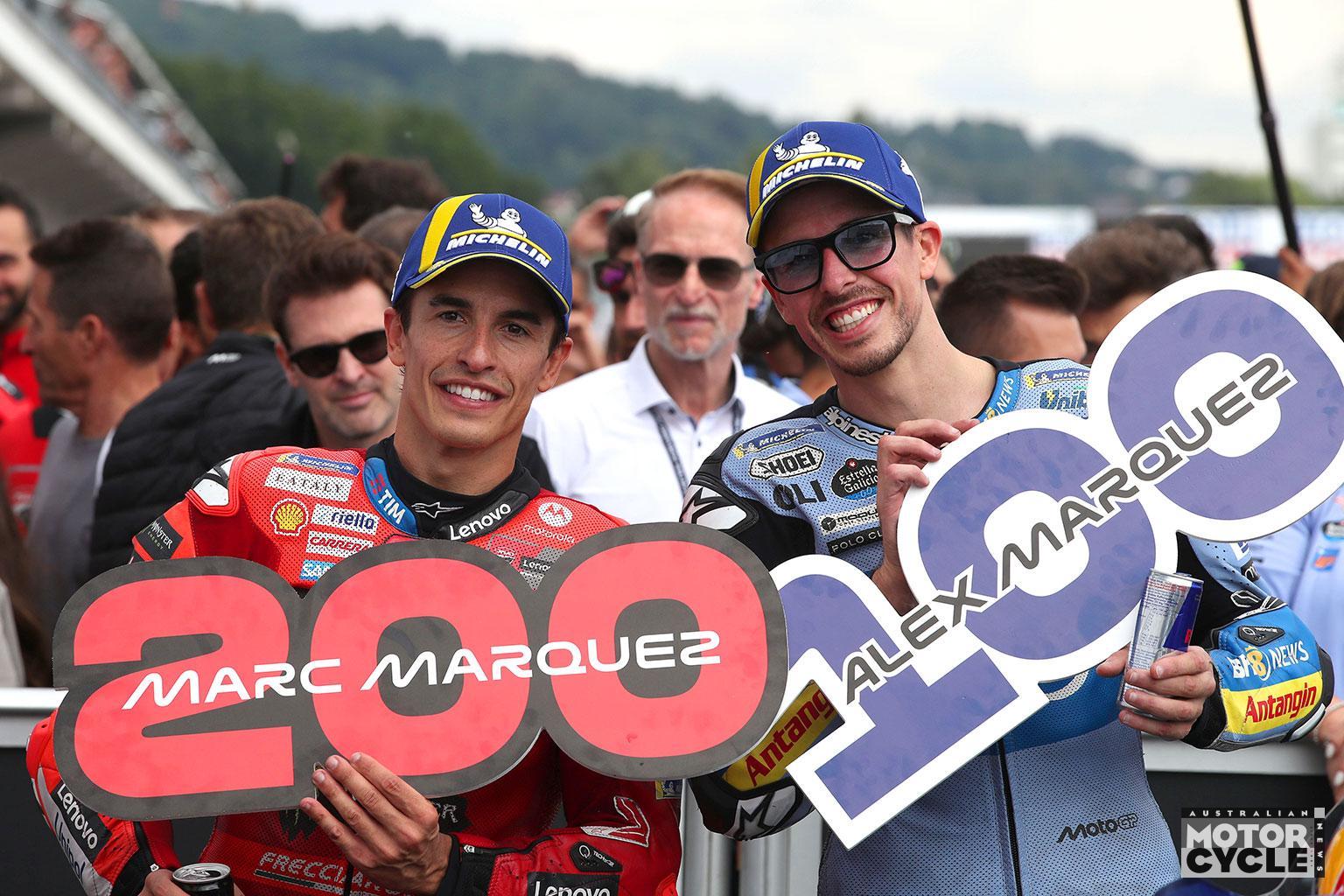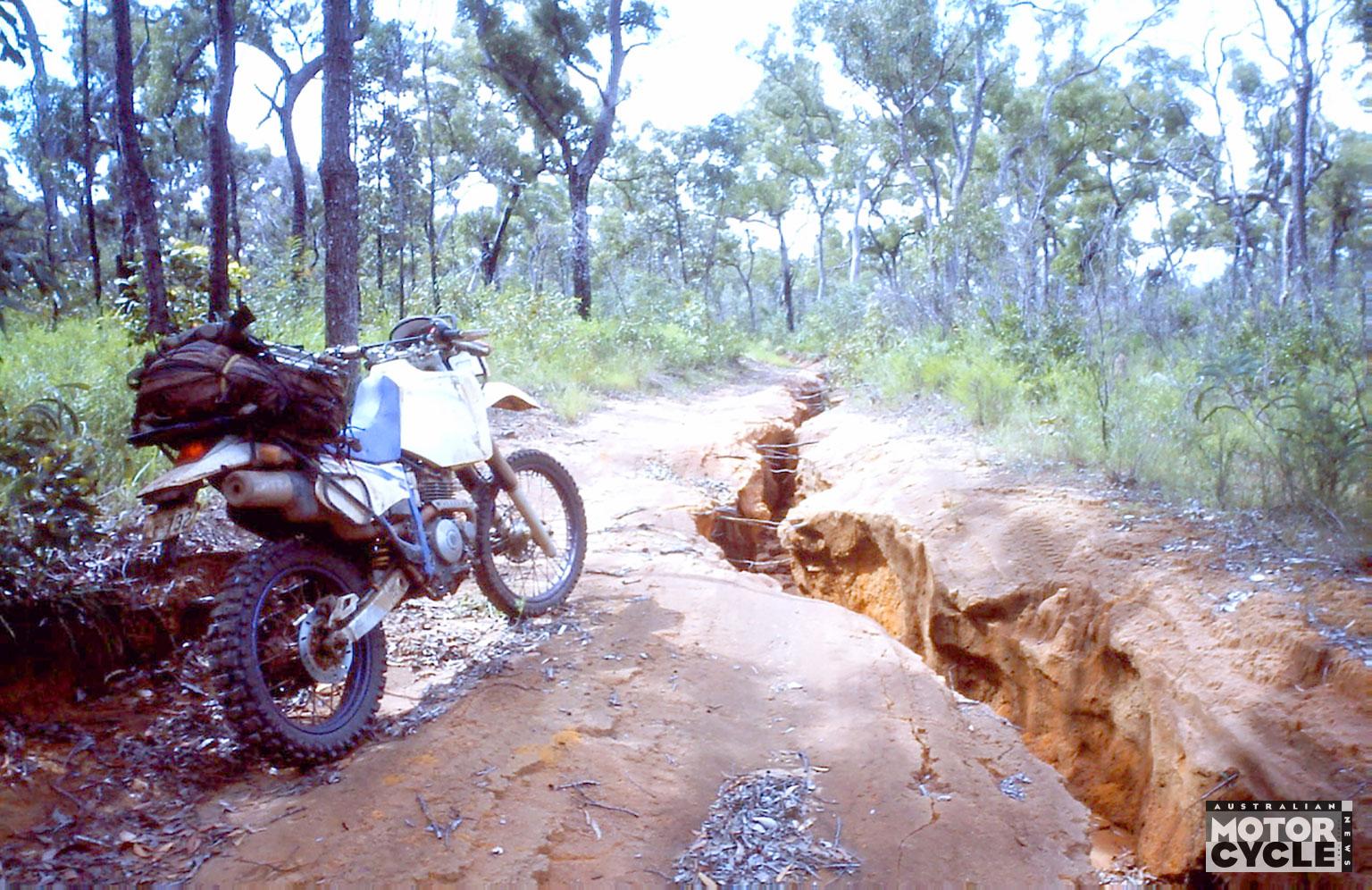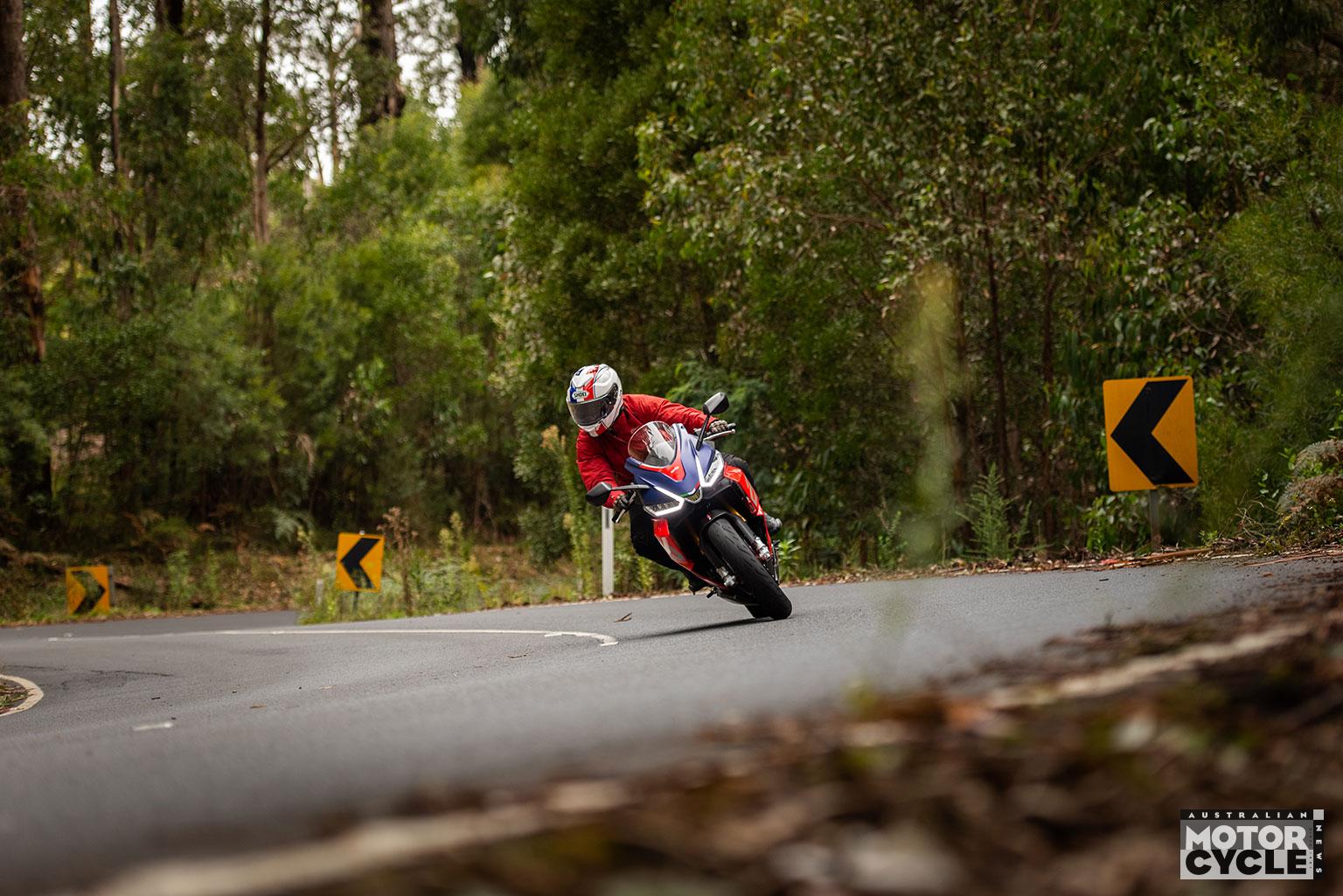50 years ago, the Honda GL1000 Gold Wing swooped in to essentially invent long-distance luxury touring. But there have been plenty of bumps along the way.
Honda stunned the two-wheeled world at the October 1968 Tokyo Show by revealing its in-line four-cylinder CB750, the first series production Superbike of the modern era. But barely six years later – and five decades ago on September 21, 1974 – the Japanese company unveiled something completely different and almost as significant at Cologne’s IFMA Show: the GL1000 Gold Wing. It was the first in a family of bikes which continues in production today, albeit in six-cylinder 1833cc guise versus the original flat-four 999cc model. More than 650,000 motorcycles later, the Wing continues to be a cornerstone of Honda’s range.
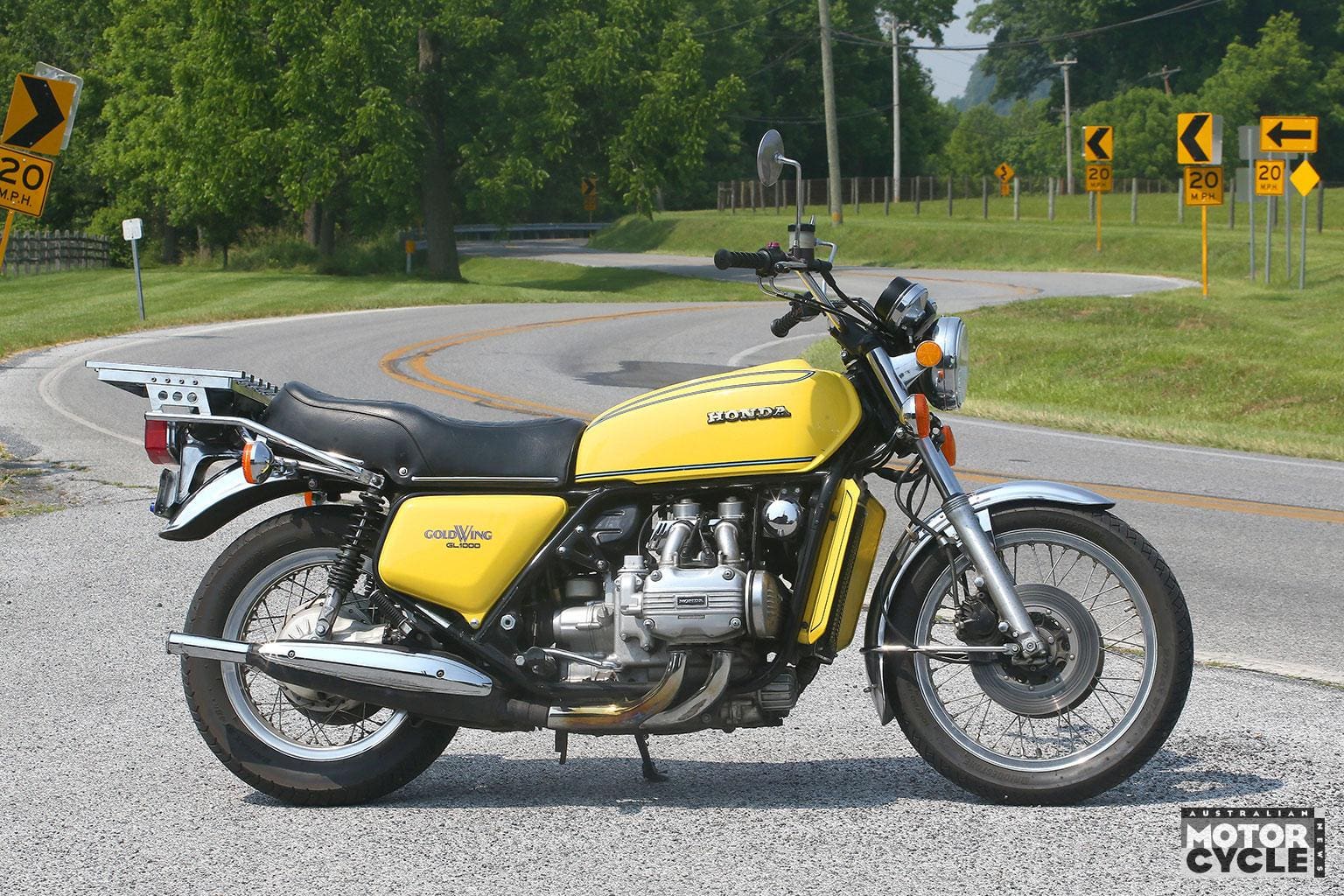
Yet initial sales of the GL1000 were frankly underwhelming, with less than 5000 finding American owners in 1975, far fewer than hoped for in the model’s debut year in its target market. As much as anything it was because nobody in Honda appeared to really know who the bike was aimed at. It seemed to be positioned as a step-up in performance compared to the CB750, which was already suffering by comparison with its cubed-up rival, the 903cc Z1 Kawasaki launched in 1972. The 999cc Wing trumped that, as the largest capacity Japanese motorcycle yet built. But at that time, motorcycle touring as we know it today was in its infancy; with the exception of shaft-drive BMW boxers, the available bikes weren’t especially practical for covering thousands rather than hundreds of kilometres at a stretch.
But then a funny thing happened: customers started purchasing the GL1000 in increasing numbers, and taking it for long rides. As these became longer and longer, and more and more people started copying their neighbour or friend or blokes they met in a cafe in clocking up the kilometres, and purchased a GL1000 to do it with – suddenly Honda had a hit on its hands, thanks to this customer-led repositioning of the Wing. It had almost accidentally invented a whole new long-range luxury touring model sector in the two-wheeled firmament – much as the BMW GS would do with adventure touring a decade later.
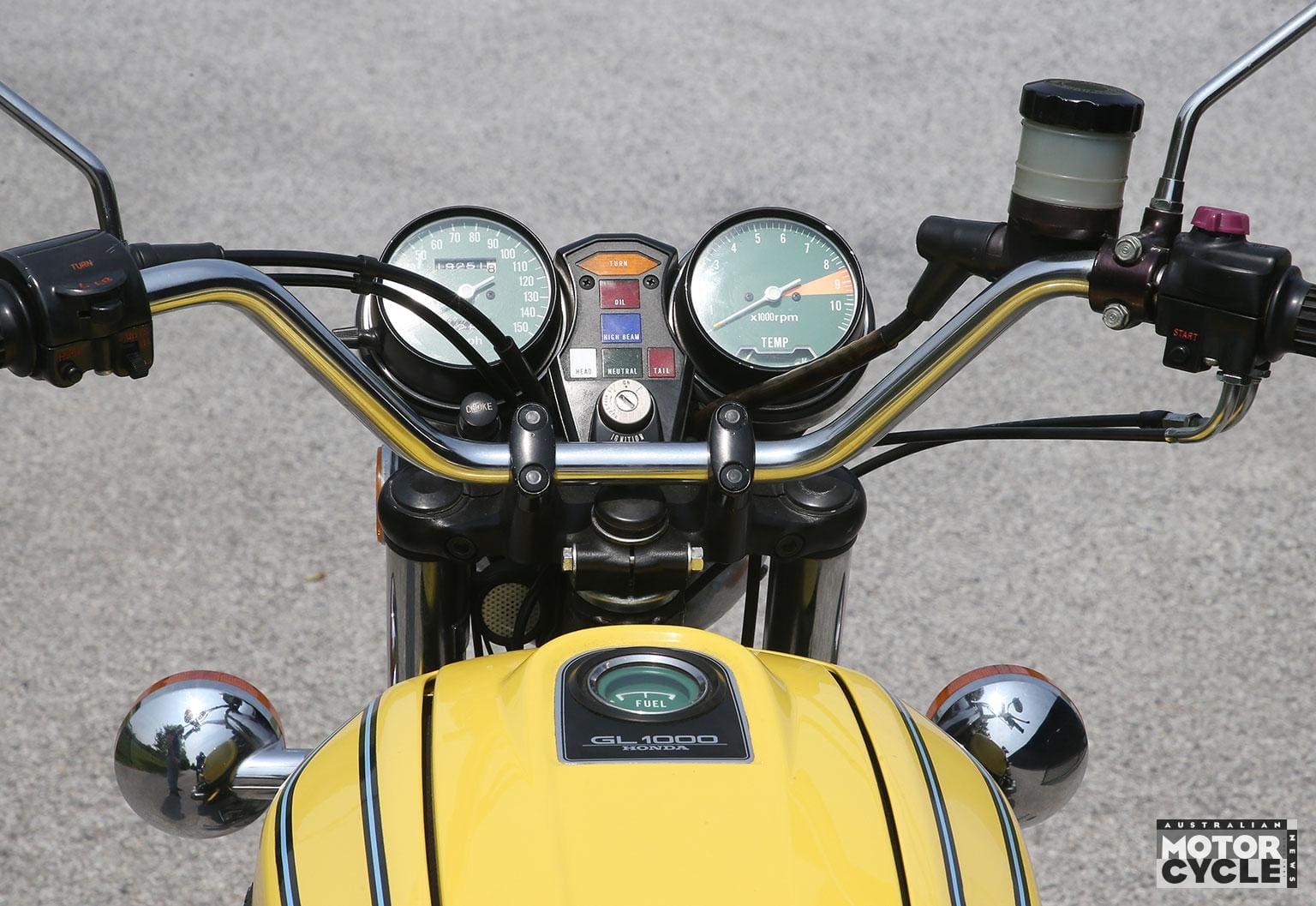
To do so, in December 1972 Honda had assembled its finest array of the great and the good, a team of its top designers led by Shoichiro Irimajiri, who’d headed up creation of the uber-successful four-, five- and six-cylinder Honda GP road racing engines of the 1960s. This team was tasked with developing the so-called King of Motorcycles, a means by which what was by now the largest motorcycle manufacturer in the world could flaunt its technical prowess. The prototype they called the M1 was born of an ambition to impress, not as the result of focus groups or marketing studies. It was to be a fast, comfortable GT model, superior to all others yet conceived in smoothness, performance and quality.
To explore extremes, the top-secret M1 prototype featured a 1470cc liquid-cooled flat-six engine with shaft final drive, features that duly adorned the Gold Wing line in years to come. The official goals called for a very compact and light machine with extremely high performance. It was to weigh 210kg, with power targeted at 61hp (45.5kW) at 7500rpm and maximum torque produced relatively high up at 5500rpm. Most telling of all was the quarter-mile performance goal of 12.40sec – quicker than Honda’s CB750.
To read the full review, subscribe to AMCN.


